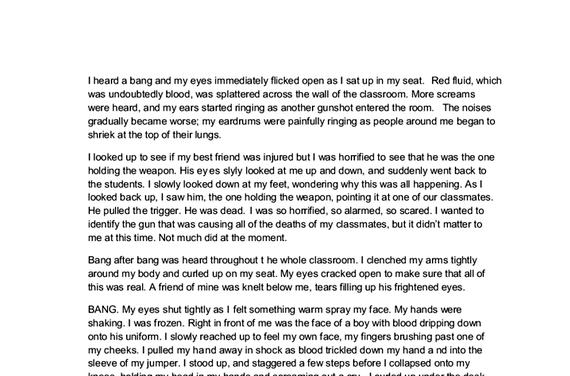Essay on the Quantitative Methods of Credit Control.
Cash reserve Ratio is a particular minimum amount of the total deposits of customer that needs to be maintained by the commercial bank as a reserve either is cash or as deposits with RBI. The CRR rate will be fixed as per the guidelines of the Central Bank.Value Added Ratio The value added ratio is the combination of two previously calculated ratios to determine whether the finding costs per BOE will eventually be replaced by the value of the new proved reserve additions. This ratio is great at gauging the efficiency of the company and whether they are able to find high quality reserves at low.Cash Flow Ratio: This ratio measures the company’s ability to generate resources to meet its current liabilities. THEORETICAL FRAME WORK This study is anchored on the frame work that cash flows that are used as a measure of performance, depends in the financing policy, investment policy and accounting policy adopted by a firm. The theory that.
The Reserve Bank of India is empowered to change the reserve requirements of the commercial banks. The Reserve Bank employs two types of reserve ratios for this purpose, viz., the Statutory Liquidity Ratio (SLR) arid the Cash Reserve Ratio (CRR). A rise in the cash reserve ratio results in a fall in the value of the deposit multiplier.Disclaimer: This work has been submitted by a student. This is not an example of the work produced by our Essay Writing Service.You can view samples of our professional work here. Any opinions, findings, conclusions or recommendations expressed in this material are those of the authors and do not necessarily reflect the views of UK Essays.

Explain the importance of liquidity for commercial banks and identify the main sources of liquidity in a typical commercial bank’s balance sheet. Banks are considered to be as safe deposit for customers associated with them for both short and long term basis. It has increased liability over banks to make sure that they are able to fulfill all.












